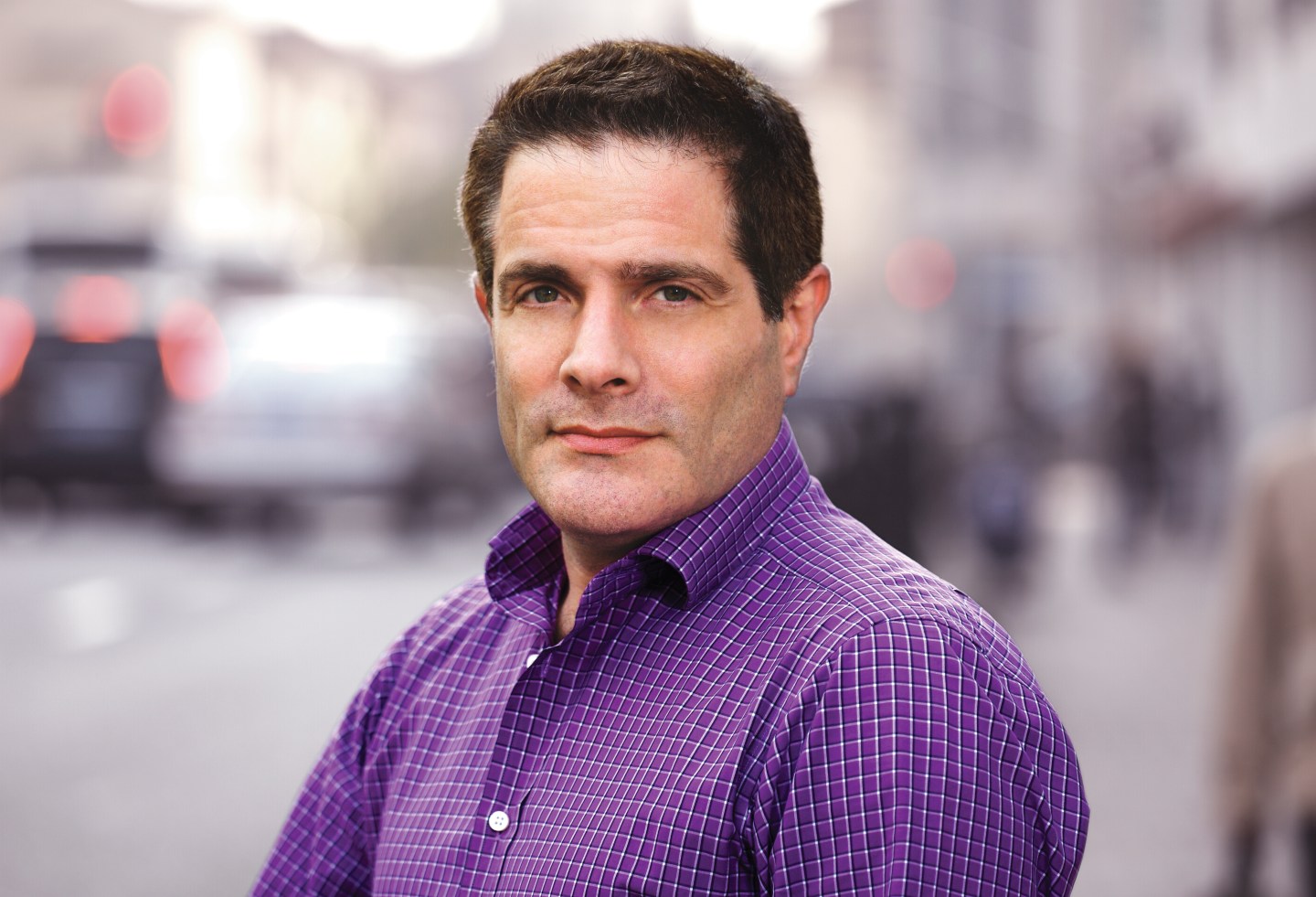At the 2014 Grammy Awards show, fast-food chain Arby’s trended on Twitter when it poked fun at rapper Pharrell Williams. His hat looked like the one in the Arby’s logo, so the company tweeted, “Hey, #Pharrell, can we have our hat back?” It was one of the most talked-about moments of the show because it reminded people of pop-culture totems, including Smokey Bear and Harry Potter.
While the move inspired 77,000 re-tweets within 24 hours, there’s little evidence those tweets led the company to sell more roast beef sandwiches.
Yes, new technology platforms are available, but that doesn’t mean companies should abandon common sense as they build their brands. The ABCs of marketing are as true today as they were during the Mad Men era. And so-called traditional media is here to stay.
Too many businesses lunge toward the latest app or social media stunt without considering their identity as a brand, and how their media strategy works. In the process, consumers end up confused and detached.
There are two truths necessary to forge a brand for both new and old media:
First, when we shop, our brand preference is typically shaped by “traditional media,” while our engagement and loyalty to a brand is more likely influenced by digital media. Despite the proliferation of smartphones and other digital devices, the 30-second broadcast television commercial continues to rule (and increase) – even in the United States.
According to eMarketer.com, manufacturers spent some $67 billion on network and cable advertising in 2013, up from $64.5 billion in 2012. While this suggests that companies think television ads remain a wise investment, digital media is more likely to increase the probability of purchase and repurchases because it effectively triggers behavioral changes, such as learning more, using more, buying more, and advocating more.
Second, communications must be unified across all media by a consistent “brand idea” — or a long-term relationship between consumers and brands that remains consistent over time. It’s a product’s soul, invisible but always there.
Some brands get it. For instance, Coca-Cola (KO) transcends the goal of quenching thirst to present “moments of happiness” across all types of media — digital and traditional. In May 2013, the soft drink maker created “Small World” vending machines featuring streaming live video feeds that encouraged citizens of India and Pakistan, countries divided by decades of hostility, to share some semblance of happiness. Whether you agree with it or not, the delivery is powerful. Coke sought to narrow the political divide by showing small gestures of humanity, such as a wave or a short dance.
Nike (NKE) is another example. Its brand loyalty didn’t appear out of thin air or drip from a Twitter (TWTR) feed, but rather from the vision of Phil Knight, the athletic apparel company’s co-founder and CEO. ‘Just do it’ isn’t just a slogan, but a call to participate in sports. In recent years, Nike has found ways to update the slogan through the Nike+ digital ecosystem, which leverages new technologies, such as wearables, to infuse an “always on” dynamic into our daily lives and transform solitary sporting activities into competitive group activities. Further, multi-channel platforms ranging from Australia’s “She Run the Night” campaign to a series of global “Tournament of Basketball Champions” events have reinvented ‘Just do it’ from a brand proposition into high-involvement experiences.
Now is the time to cross today’s “digital-traditional divide.” Only a definitive brand idea ensures long-term consistency, and creates order from the chaos that spreads across an ever-shifting media landscape.
Tom Doctoroff is CEO of JWT Asia Pacific, and author of Twitter is Not a Strategy and two previous books: Billions and What Chinese Want .
